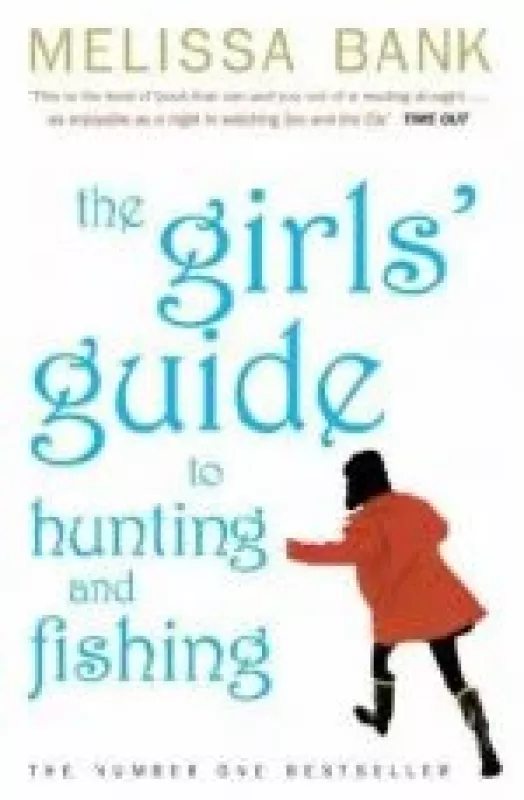Prekės
Vartotojai

The Girl‘s Guide to Hunting and Fishing
32 skelbimai
Jane Rosenal, the narrator of The Girls' Guide to Hunting and Fishing, is wise beyond her years. Not that that's saying much--since none of her elders, with the exception of her father, is particularly wise. At the age of 14, Jane watches her brother and his new girlfriend, searching for clues for how to fall in love, but by the end of the summer she's trying to figure out how not to fail in love. At twice that age, Jane quickly internalizes How to Meet and Marry Mr. Right, even though that retro manual is ruining her chances at happiness. In the intervening years, Melissa Bank's heroine struggles at love and work. The former often seems indistinguishable from the latter, and her experiences in book publishing inspire little in the way of affection. As Jane announces in "The Worst Thing a Suburban Girl Could Imagine": "I'd been a rising star at H----- until Mimi Howlett, the new executive editor, decided I was just the lights of an airplane." Bank's first collection has a beautiful, true arc, and all the sophistication and control her heroine could ever desire. In "The Floating House," Jane and her boyfriend, Jamie, visit his ex-girlfriend in St. Croix, and right from the start she can't stop mimicking her beautiful competitor, in a notably idiotic fashion. "I'm like one of those animals that imitates its predators to survive," she realizes--one of several thousand of Bank's ruefully funny phrases. But even as Jane clowns around, desperately trying to keep up appearances, she is so hyperaware it hurts. Again and again, the author explores the dichotomy between life as it happens and the rehearsed anecdote, the preferred outcome. In The Girls' Guide to Hunting and Fishing, even suburban quiet has "nothing to do with peace." Bank's much-anticipated debut merits all its buzz and, more to the point, transcends it.
Pavadinimas:
The Girl‘s Guide to Hunting and Fishing
Autorius:
ISBN kodas:
Nenurodytas
Leidimo metai:
Kalba:
Anglų
Vėliausiai atnaujinti
Naujausi
Pigiausios viršuje
Brangiausios viršuje
Populiariausios viršuje
Rekomenduojamos
Skelbimų neradome
